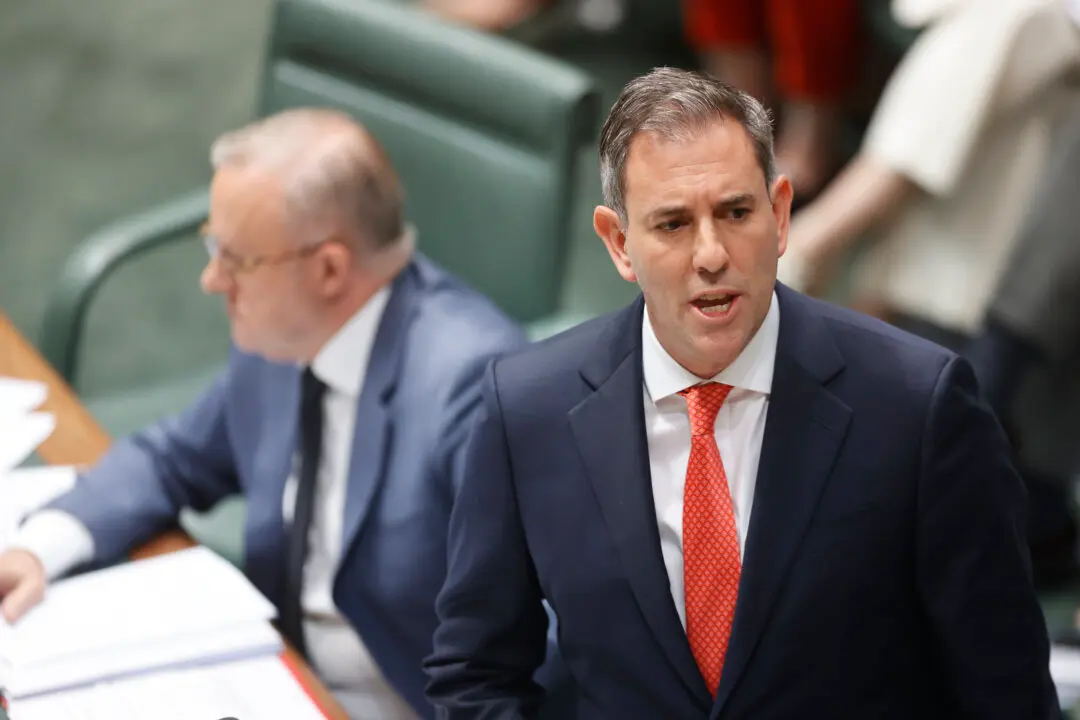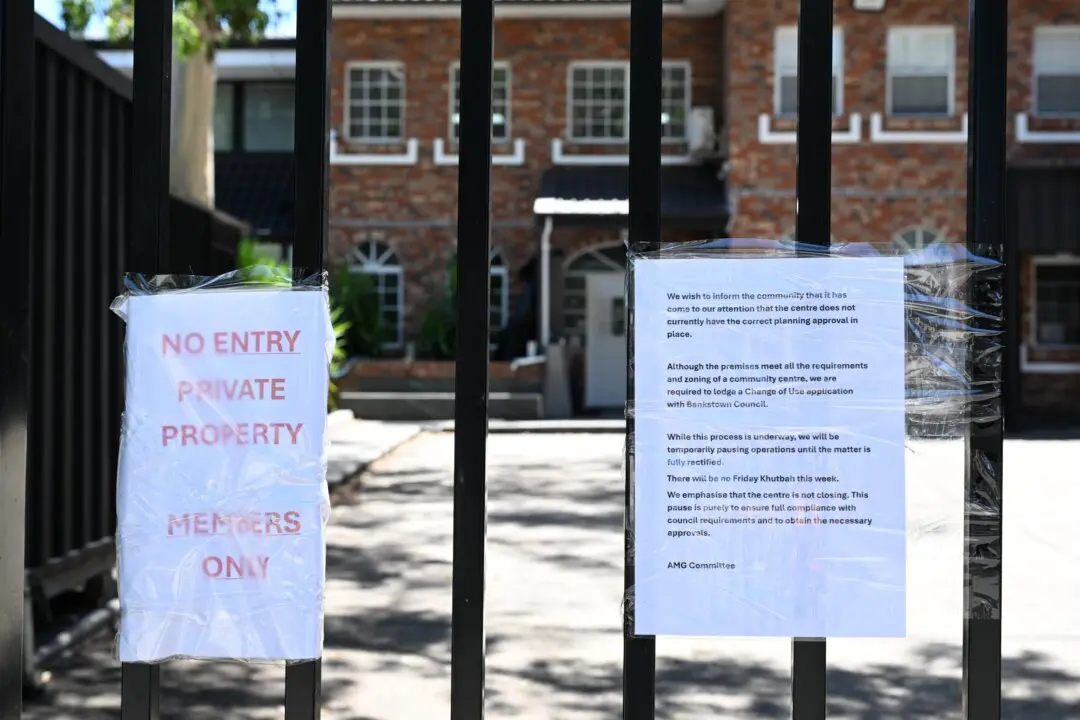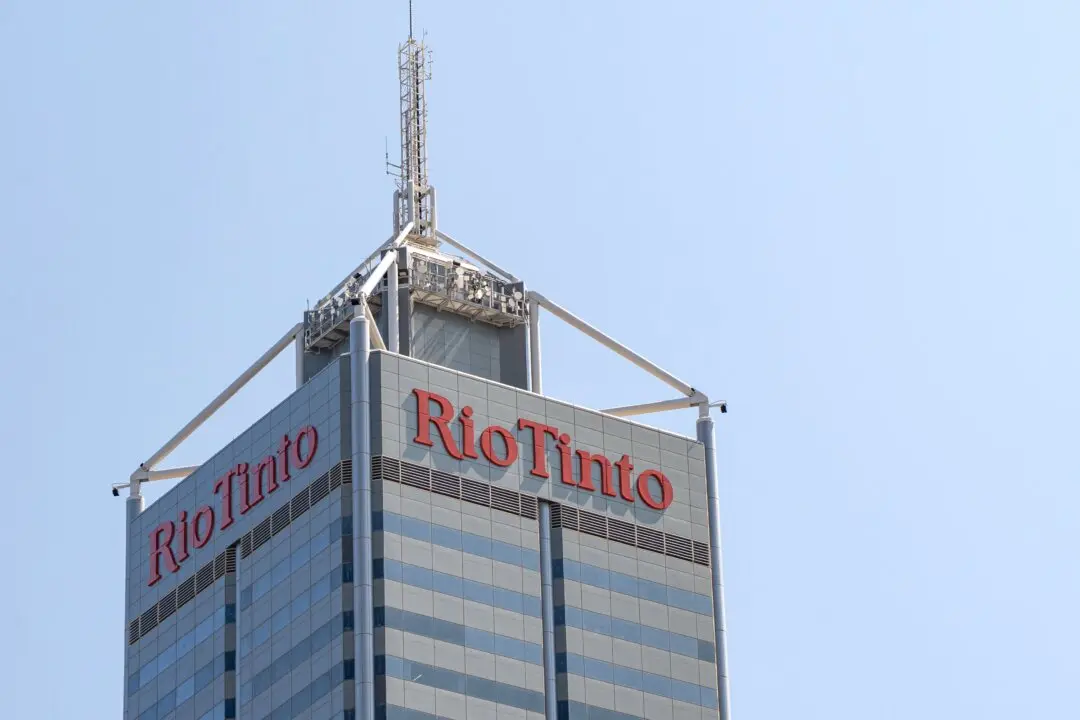New fuel quality and noxious emission standards will save $6.1 billion in health and fuel costs by 2040, the federal government claims.
The changes start from 2025, and aim to lower noxious emissions from light vehicles, which will limit the sale of heavy polluting cars and trucks.





